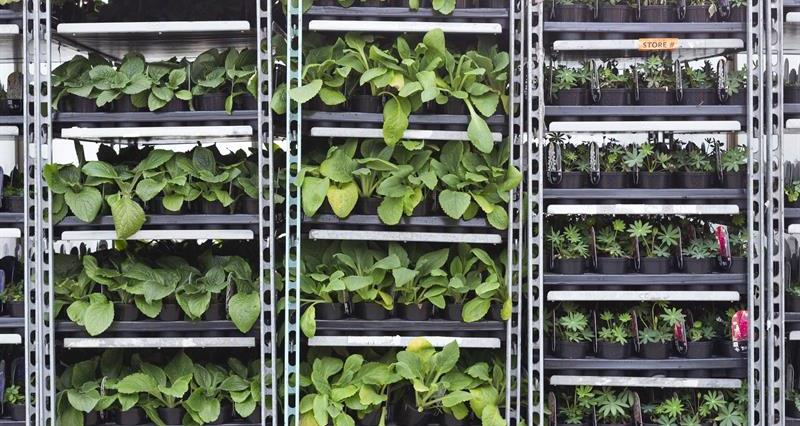Update
On 11 March 2021, Defra announced that UK plant passports can now be attached in an EU member state until 30 June 2022, provided the format and attachment is correct. This is not the same as issuance. For more details, .
The Plant Health Regulation became applicable in the UK from 14 December 2019, requiring regulated plant and plant products to have a plant passport for movements within GB and the wider EU, with some exceptions. Please view the NFUOnline article on the existing rules currently in force until the end of December 2020. More information is also available on goods that require a plant passport .
From 1 January 2021, key changes to the current regulation will come into effect as Great Britain implements its own UK plant passport (UK PP) regime. You can read about these changes in full , but below are the key things you need to know...
From 1 January 2021:
- A UK PP will be used for movements of regulated plants within GB under the new GB Plant Health Regime.
- Imports from the EU will require a phytosanitary certificate (plant health certificate or PC). This means that if you move goods on an EU plant passport now without issuing your own plant passport for them, you may need to be authorised from 1 Jan 2021 to issue your own UK PPs.
- An operator in the EU will not be able to issue a UK PP because they will not be authorised to do so under the GB Plant Health Regime. However, for the first 6 months of 2021, UK PPs may be affixed in EU member states, but this is not the same as issuance. More details .
- EU plant passports (EU PPs) cannot be attached in England, Scotland or Wales (GB).
- Plant passports will no longer be applicable for movements from GB to NI.
- For movements from NI to GB, EU PPs will continue to be applicable for movements of Qualifying Northern Ireland Goods (QNIGs). However, where replacement plant passports in GB are required, further information may be needed to ensure goods can still be identified as QNIGs even after the EU PP has been replaced.
What will a new UK Plant Passport look like and what information does it need to contain?
- The content and format of the plant passport will change to differentiate EU from UK plant passports; for example templates.
- Guidance on when country of origin changes to UK will change for some commodities, including higher risk hosts of Xylella fastidiosa.
- There will be changes to Protected Zones.
- An additional “Part E” will be added to accommodate QNIGs.
What does your businesses need to do now?
- Check if you trade in products that require a UK PP from 1 January 2021, the current list is available on .
- Ensure you are registered as a professional operator with the relevant plant health authority and that you have applied for authorisation to issue UK PPs if necessary.
- Ensure you are aware of the new UK PP format that is required from 1 January 2021. More guidance can be found .
- Read guidance on what inspections you may need regarding pests and diseases that your plants or plant products may be hosts of in order to issue a UK PP. You can check the Defra Plant Health Risk Register for updates.
Please note: If you are already authorised to issue plant passports under the current regime, you do not need a new authorisation to issue UK PPs. However, authorisations must be renewed on an annual basis, an audit inspection to check for compliance is also carried out on an annual basis. This is not affected by EU Exit.
Where can I find more information?
For information about plant health and the post transition period visit the Plant Health Portal and the along with more information on .
For any technical help in England and Wales, you can email your questions to cGxhbnRoZWFsdGguaW5mb0BhcGhhLmdvdi51aw==
For more information on plant health controls and resources such as information on pests and diseases, visit the .
More from 皇家华人:

